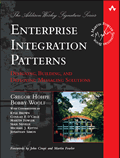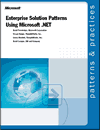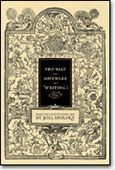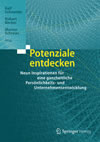
This site is maintained by Gregor Hohpe ("hoh-puh").

 @ghohpe
@ghohpe
 Gregor Hohpe
Gregor Hohpe
The opinions expressed on this site are my personal ones, not those of my current or past employers.
I enjoy seeing the field of IT from different angles (consulting, software engineering, corporate IT) and collecting my thoughts in my ramblings. I like to tinker with hardware, mostly based on AVR micro controllers and Raspberry Pi. I am also fairly active on Linkedin.
I aim to make building distributed and integrated solutions less difficult and error-prone by collecting and documenting Integration Patterns from many client projects. It all started with a paper at the PLoP
2002 conference, which evolved into a successful book, published in 2003. By now (2023) more than 90,000 copies have been sold.
I also help large organizations transform their IT infrastructure and processes to reduce cost and complexity while increasing software delivery velocity. You can find the related book and information at architectelevator.com.
Short Bio
Gregor advises CTOs and technology leaders in the transformation of both their organization and technology platform. Riding the Architect Elevator from the engine room to the penthouse, he assures that corporate strategy connects with the technical implementation and vice versa.
Gregor held positions as a Singapore Smart Nation Fellow and technical director in Google Cloud's Office of the CTO, where he helped customers maximize the value from a cloud-based IT model, and as Chief Architect at Allianz SE, where he oversaw the architecture of a global data center consolidation and deployed the first private cloud software delivery platform.
Gregor is known as co-author of the seminal book "Enterprise Integration Patterns", which is widely cited as the reference vocabulary for asynchronous messaging solutions. His book "37 Things One Architect Knows About IT Transformation" tells stories from the trenches of IT transformation while his articles have been featured in "Best Software Writing" by Joel Spolsky and "97 Things Every Software Architect Should Know". He is an active member of the IEEE Software advisory board.
My Books
I enjoy writing because putting my thoughts into words forces me to clarify my thinking and allows me to share it with a wide audience.
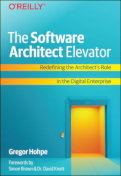
The Software Architect Elevator
Learn how architects can play a critical role in IT transformation by applying their technical, communication, and organizational skills.
2020, O'Reilly
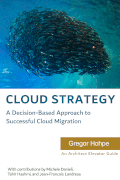
Cloud Strategy
Fill the large gap between high-level goals and product details by understanding decision trade-offs.
2020, KDP
Chapters and Contributions
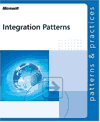
Integration Patterns
David Trowbridge, Ulrich Roxburgh, Gregor Hohpe, Dragos Manolescu, E.G. Nadhan
ISBN 073561850X
2004, Microsoft Press
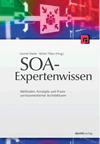
SOA Expertenwissen (in German)
Gernot Starke, Stefan Tilkov (Eds)
ISBN 3898644375
2007, dPunkt Verlag
Disclosures & Privacy
The founders and main committers of almost all open source ESB players are personal friends, so I don't have a favorite one. I generally do not recommend or endorse specific products.
I hold stocks in mutual funds plus many of the popular IT companies, but not nearly enough to believe that my statements have any influence on their stock price or my net worth.
This site is static and does not collect or store user data. The site uses Google Analytics but is configured to anonymize IP addresses and to not share data with Google.
When you purchase books from the site, I earn a referral fee through Amazon's affiliate program. I occasionally receive free review copies from publishers without any obligation to post a positive review.
This Site
This site was launched with the book EIP in 2003 and still largely follows the original design. The pages are rendered from XML source via XSLT driven from Ant 1.7 and deployed to Amazon S3 for hosting and distribution via CloudFront. Some pages are HTML 4.0 compliant and mobile friendly, but many are still the way the Web was around 2002. Bless backwards compatibility!
The domain of Enterprise Integration Patterns is much broader than asynchronous messaging. That's why I am trying to collect more Enterprise Integration Patterns, mostly focused on stateful interactions between systems. But it's slow going...
A long time ago, I created a number of tools to automate tedious EAI development, such as StubGen (a code generator for TIBCO AE) and TibDoc
(a documentation generation tool). I have also created a messaging
toolkit that demonstrates the patterns in my book. I am in the process of open-sourcing it.
» More very old Projects

![]()


